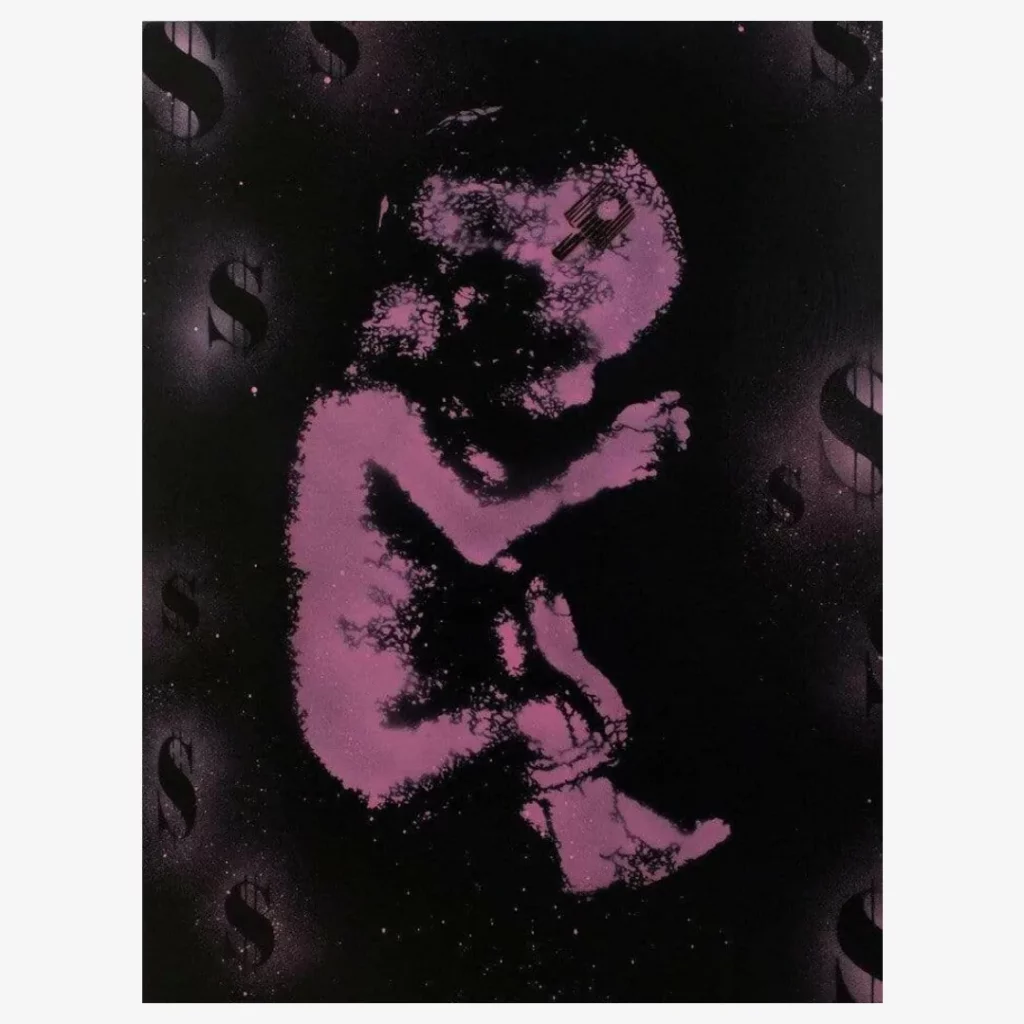Ok, let’s start decoding the art world. Here’s a comprehensive guide on distinguishing originals, prints, editions, and ephemera. It’s no secret that art holds a special place in our lives, captivating us with its beauty and narrative. But when collecting art, it’s crucial to understand the distinctions between original artworks, prints, editions, and ephemera.

By unraveling the characteristics of each category, you can make informed decisions as an art enthusiast or collector. In this blog post, we will delve into the nuances that set these art forms apart and provide a comprehensive guide to distinguishing between them.
Original Artworks
Original artworks are unique pieces created by the artist’s hand. They possess an unmatched aura of authenticity and creative expression. Look for subtle imperfections, brushstrokes, or textures that indicate the direct involvement of the artist.

Original artworks often come in various mediums, including paintings, sculptures, drawings, or mixed media. The absence of edition numbers or signatures that denote limited production is a key characteristic of original artworks.
Prints
Prints are reproductions of original artwork. Artists use printmaking techniques like lithography, etching, or screen printing to recreate the image. However, prints should not be confused with original artworks, as they are not one-of-a-kind.

Look for a distinct signature or numbering on the print itself, usually located in the margin or bottom area. Prints often have titles, such as “artist’s proof” (AP), “printer’s proof” (PP), or “Hors d’Commerce” (HC), indicating their status within the production process.
Editions
Editions refer to limited runs of prints produced from original artwork. The artist determines the number of prints in the edition, and each print is numbered and signed. For instance, a print might be numbered 1/50, indicating it is the first printout of a total edition of 50.

Limited editions add value and exclusivity to prints, making them highly desirable to collectors. Pay attention to the edition size, as smaller editions are often more sought after.
Ephemera
Ephemera encompasses various forms and materials associated with an artist or artwork. These can include exhibition catalogs, posters, postcards, artist books, or other printed memorabilia. Ephemera holds cultural and historical significance, providing insights into an artist’s career or a specific art movement.

While ephemera may feature images of an artist’s work, they are not original artworks or prints themselves. Look for signatures, dedications, or the artist’s involvement in the production process to authenticate the connection between the ephemera and the artist.
Conclusion
Distinguishing between original artworks, prints, editions, and ephemera is essential for art enthusiasts and collectors. Understanding the characteristics unique to each category empowers you to make informed decisions and appreciate the value and authenticity of the art you encounter.
Remember, original artworks hold the artist’s touch, prints are reproductions with distinct numbering, editions are limited runs of prints signed and numbered by the artist, and ephemera encompass various printed materials associated with the artist or artwork. By honing your discernment skills, you embark on an enriching journey into the multifaceted world of art.
Cover image: The Art of Nick Walker

Leave a Reply